

1. Basic Components
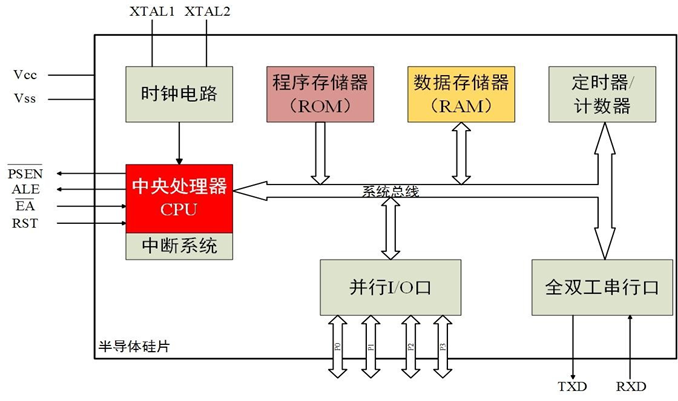
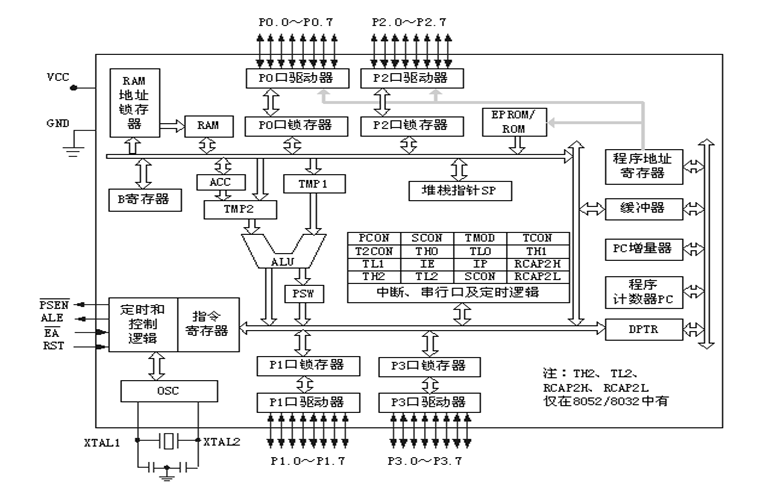
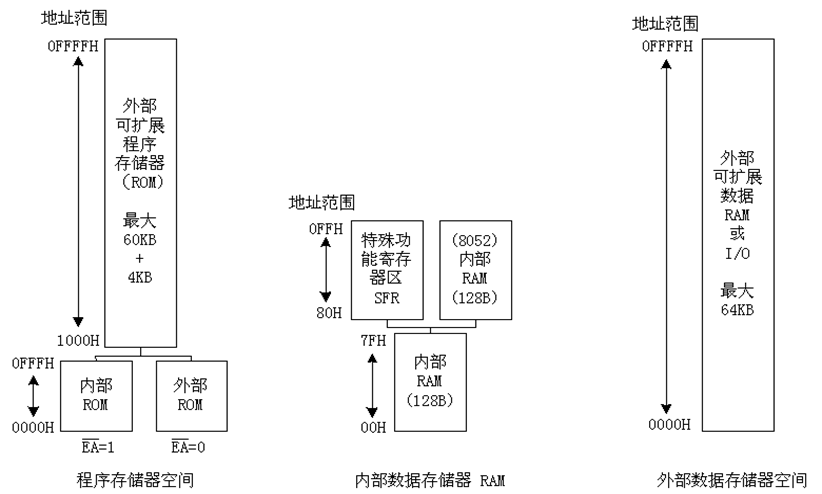
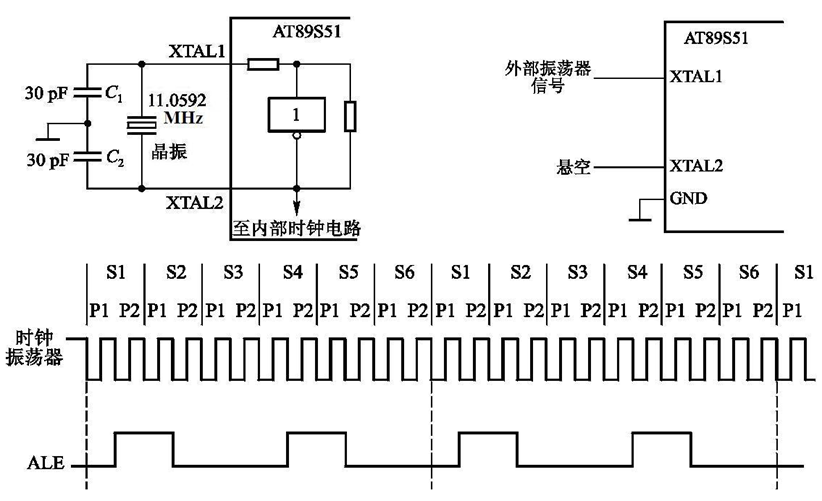
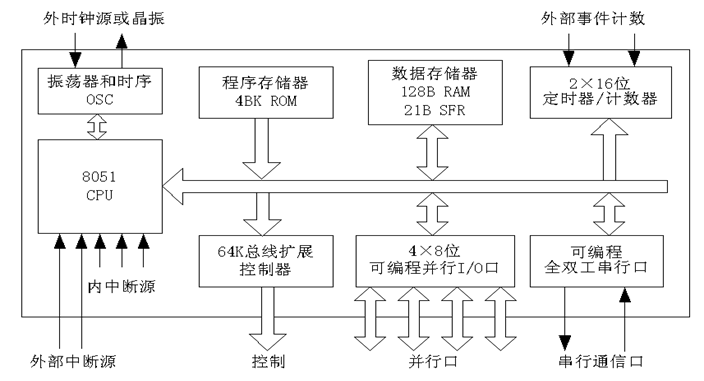
2. Microcontroller Pins

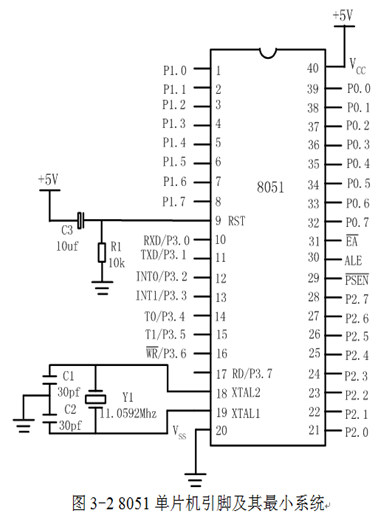

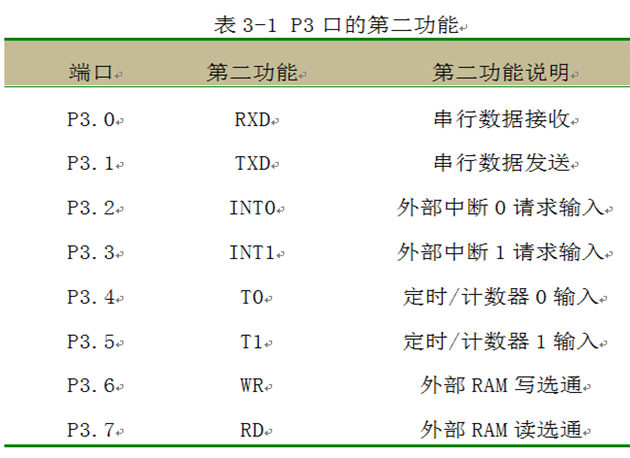

3. Parallel Input/Output

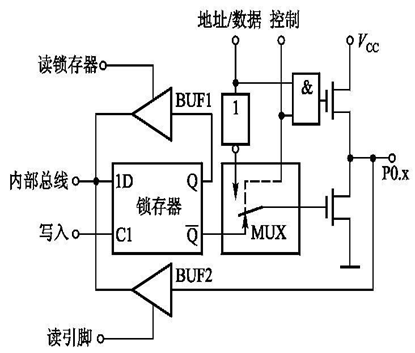

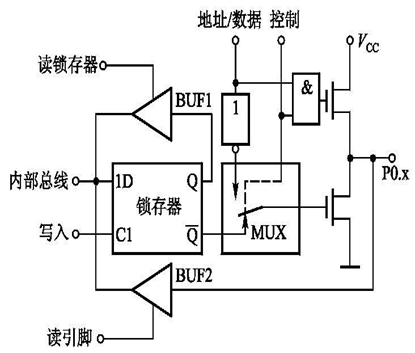
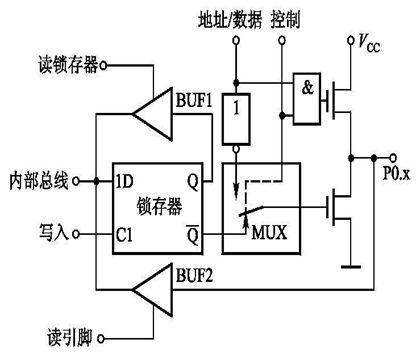


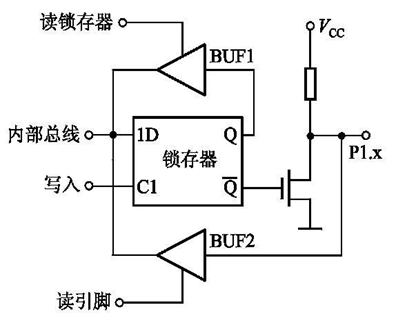
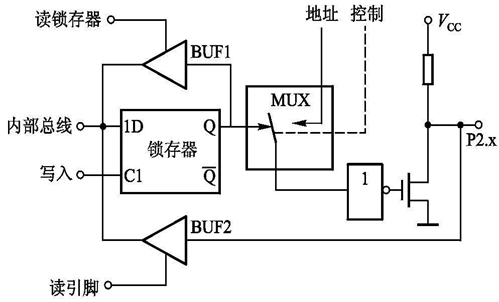
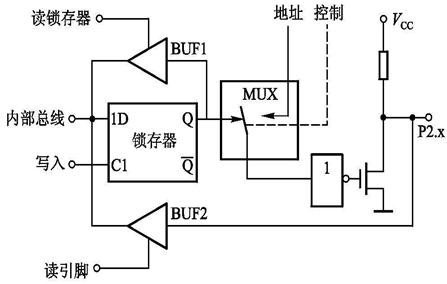

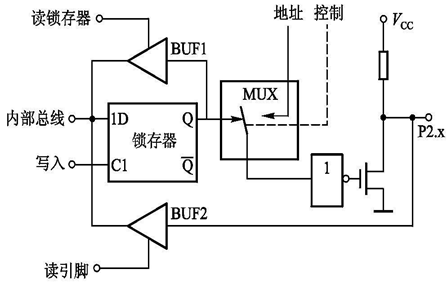
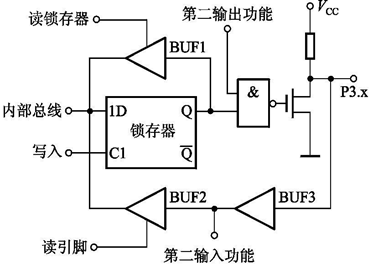
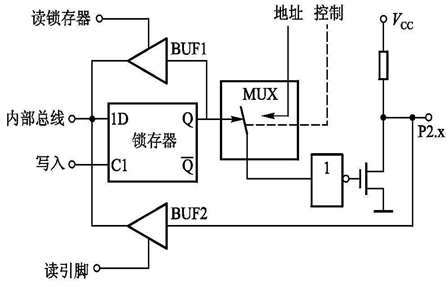
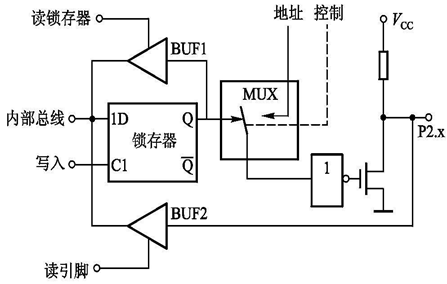
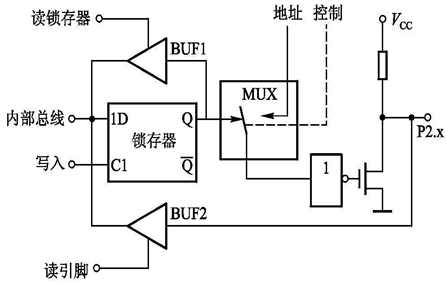

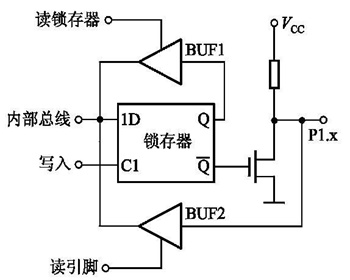
4. Minimum System Board of 8051 Microcontroller

Complete Question Bank for Electrical Engineering Beginner Exam 2021 (Includes Answers)
Is troubleshooting frequency converters difficult? Just one click!
Can you browse through all electrical exam questions with one click? Don’t you have this magic tool yet?
Which of the five major electrical drawing software (CAD, Eplan, CADe_simu…) do you choose?
Latest electrical CAD drawing software, with super detailed installation tutorial!
Latest electrical drawing software EPLAN, with super detailed installation tutorial!
Common issues for beginners using S7-200 SMART programming software (with download link)
Comprehensive electrical calculation EXCEL sheets, generated automatically! No need to ask for electrical calculations!
Bluetooth earphones, electrical/PLC introductory books are free? Come and claim your electrical gifts!
Basic skills for PLC programming: Ladder diagrams and control circuits (with 1164 practical cases of Mitsubishi PLC)
Still can’t understand electrical diagrams? Take the basics of electrical diagram reading and simulation software, theory and practice quickly!
12 free electrical video courses, 10GB of software/e-books, and 30 days of free live electrical courses are being given away!
